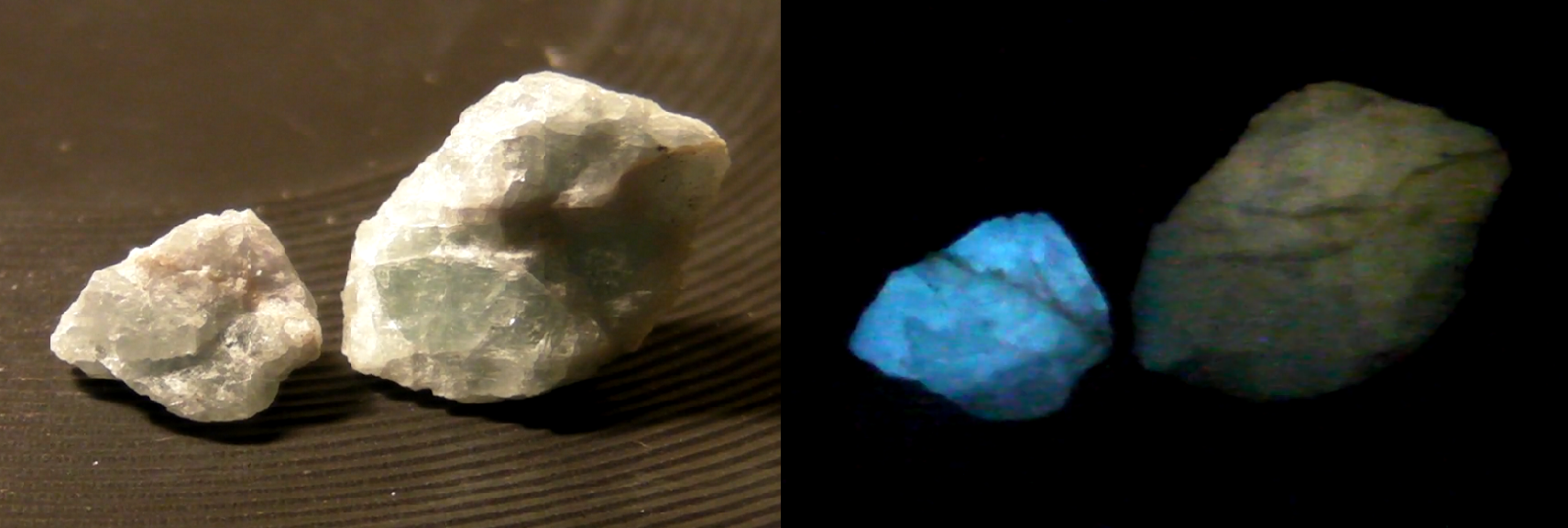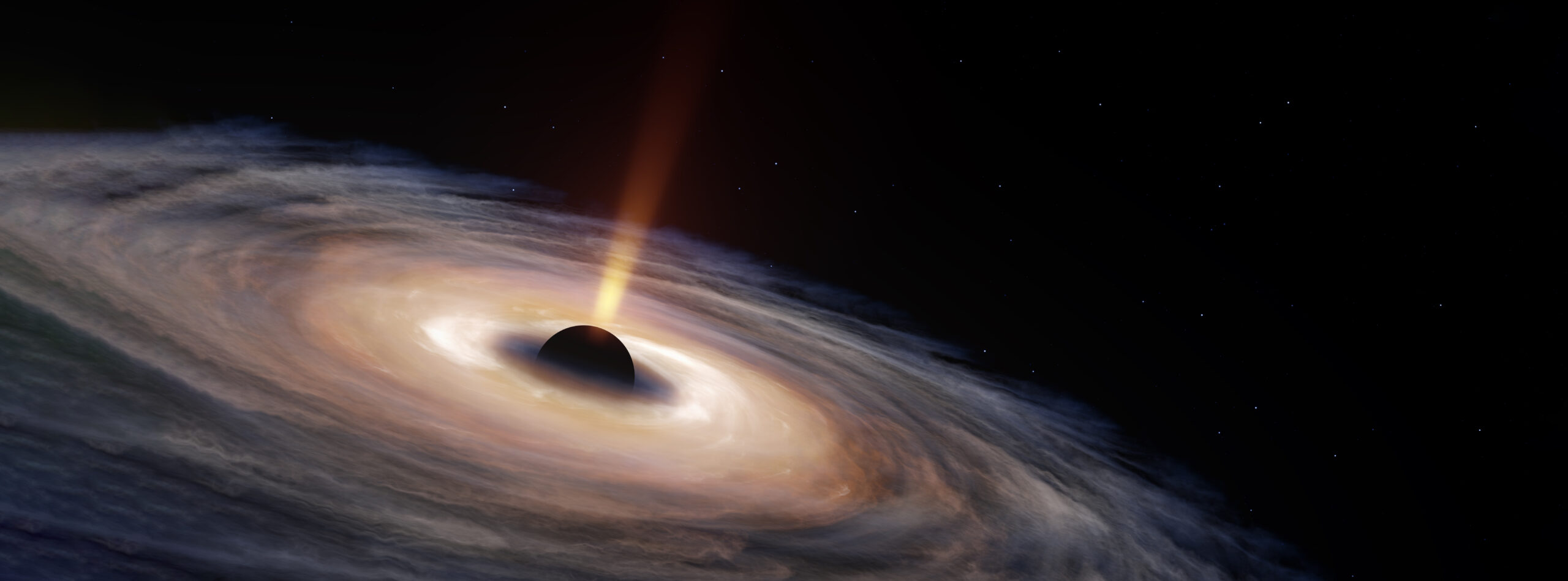This article was originally authored by Dr. Hugh Ross and is republished here with permission from Reasons to Believe, a ministry dedicated to integrating science and faith. All rights reserved by the original publisher. To explore more resources, visit their website Reasons to Believe.
Overview
One of the most common inquiries posed to Reasons to Believe scholars can be expressed by this pair of questions:
- When did humanity originate
- Can you be precise
Producing a scientific date for the origin of human beings is not easy and is far from precise and reliable. All methods for dating human origins involve both large statistical and even larger systematic errors.
Kinds of errors
Statistical errors refer to imprecisions in measurements. Systematic errors refer to environmental and instrumental factors that can shift all values up or down.
In some cases, these factors are known and quantifiable. In others, they are known but not measurable, or entirely unknown.
Simple sciences vs life sciences
In astronomy, physics, chemistry, and geophysics, the environmental and instrumental factors are often well understood. Researchers can publish with clear margins of error and certainty levels (67, 95, or 99 percent).
In the life sciences, complexity often prevents full identification of systematic effects. As a result, many studies report only statistical errors, leading readers to overestimate confidence in results.
Systematic effects in carbon 14 dating
Carbon 14 dating measures how long it has been since a living organism stopped taking in carbon from the atmosphere. Carbon 14’s half-life is 5,715 plus or minus 30 years.[1] Reliable results fall between roughly 800 and 40,000 years.
Cosmic ray rate
Carbon 14 is created when cosmic rays strike nitrogen 14. The flux of cosmic rays changes over time due to nearby supernovae. Four such events occurred within about 360 to 820 light years of Earth in the past 44,000 years,[2] enough to affect results by up to 10 percent.
Location of organism
Altitude and canopy coverage affect exposure. High altitude yields more exposure, while underground or forested environments yield less.
Radioisotope exposure
Uranium and thorium isotopes in the crust can transform nitrogen 14 into carbon 14. This explains why very old samples such as zircons and diamonds sometimes register apparent carbon 14 dates around 58,000 years.
Carbon 14 dating is still the preferred and most reliable method for samples younger than about 40,000 years.
Other dating methods
Thermal and optical luminescence
These methods measure how long a sample has been isolated from heat or light. They track trapped electrons in crystals. Systematic effects include variable pre-burial exposure, delayed burial, and later disturbance.
The Jinmium Rock Shelter in Australia illustrates this. Early results suggested 60,000 years of human activity,[3] but later carbon 14 dating corrected the oldest artifacts to about 3,000 years.[4]

Electron spin resonance and uranium thorium dating
Electron spin resonance relies on measuring unpaired electrons and requires knowing past radiation levels, so it shares the same limitations as luminescence. Uranium thorium dating measures the ratio of thorium 230 to uranium 234 to estimate precipitation age, but only if the sample formed rapidly and remained uncontaminated.
DNA dating
Mitochondrial DNA and Y chromosomal analysis estimate the time back to a single common ancestor by measuring present diversity and assuming mutation rates and reproductive timing.
Astronomical uncertainties
Supernovae and solar flares can alter mutation rates. In the past ten thousand years there have been no nearby supernovae,[7] but several occurred between 22,000 and 115,000 years ago.[8]
Human reproduction uncertainties
Reproductive ages vary greatly across history. Modern averages are longer due to lifestyle and social factors, which skews results toward older estimates.
Dating prehuman hominids
For older remains, argon argon and paleomagnetic dating methods apply. These can measure up to several million years with smaller systematic effects compared to human-origin dating methods.
Cautions for interpreting dates
- Avoid edge-of-the-error-bar bias. A date of 157,000 plus or minus 40,000 years means 117,000 to 197,000 years, not a precise 200,000 years.
- Statistical error is not reliability. Systematic error can exceed 1,000 percent even when statistical margins appear small.
- Recognize the limits of systematic identification. Anthropologists often note possible systematic effects without assigning values.
- Assume overestimation bias. Systematic effects tend to push dates older; real ages may be more recent.
Awareness of these limitations encourages scientific humility. Determining precise dates for humanity’s origin remains an ongoing challenge.
Endnotes
- Norman E. Holden, “Total Half Lives for Selected Nuclides,” Pure and Applied Chemistry 62, no. 5 (1990): 941 to 958, doi:10.1351/pac199062050941.
- R. B. Firestone, “Observations of 23 Supernovae That Exploded less than 300 pc from Earth During the Past 300 kyr,” Astrophysical Journal 789, no. 1 (2014): 29, doi:10.1088/0004-637X/789/1/29.
- R. L. K. Fullagar, D. M. Price, and L. M. Head, “Early Human Occupation of Northern Australia,” Antiquity 70, no. 270 (1996): 751 to 773, doi:10.1017/S0003598X00084040.
- Richard Roberts et al., “Optical and Radiocarbon Dating at Jinmium Rock Shelter in Northern Australia,” Nature 393 (1998): 358 to 362, doi:10.1038/30718.
- Roberts et al., “Optical and Radiocarbon Dating.”
- Bruno David et al., “New Optical and Radiocarbon Dates from Ngarrabullgan Cave,” Antiquity 71, no. 271 (1997): 183 to 188, doi:10.1017/S0003598X00084672.
- Firestone, “Observations of 23 Supernovae.”
- Firestone, “Observations of 23 Supernovae.”
Go Deeper

Dr. Hugh Ross
Hugh Ross is the founder and senior scholar of Reasons to Believe, an organization dedicated to communicating the compatibility of science and the Christian faith. While in college, Hugh committed his life to Jesus Christ after his study of cosmology convinced him of the existence of a Creator, specifically the God of the Bible. Hugh holds a degree in physics from the University of British Columbia and a PhD in astronomy from the University of Toronto. After five years on the Caltech faculty, he transitioned to full-time ministry and still serves on the pastoral team at Christ Church Sierra Madre. His writings include journal and magazine articles, hundreds of blogs, and numerous books-Why the Universe Is the Way It Is, Improbable Planet, Designed to the Core, and Rescuing Inerrancy, among others. He has spoken on hundreds of university campuses as well as at conferences and churches around the world and participates in the weekly Stars, Cells, and God podcast.




.webp)
Leave a comment